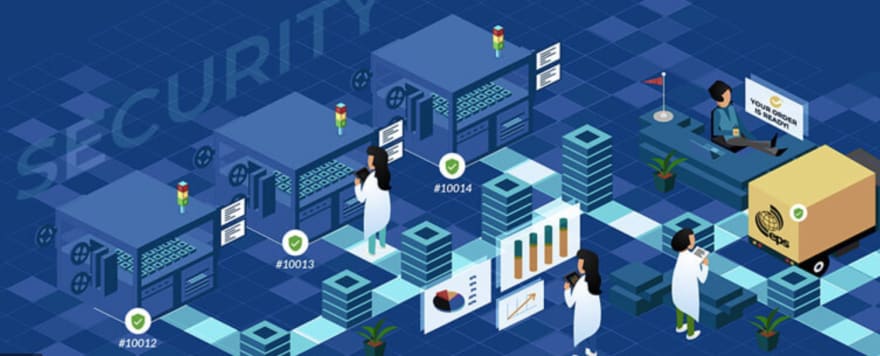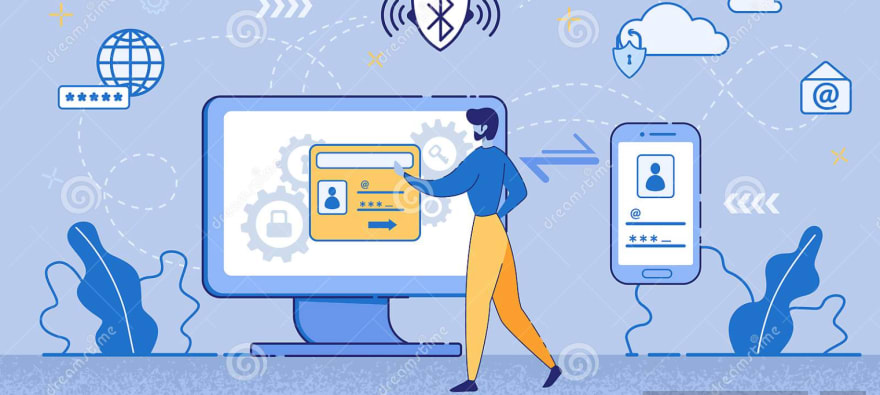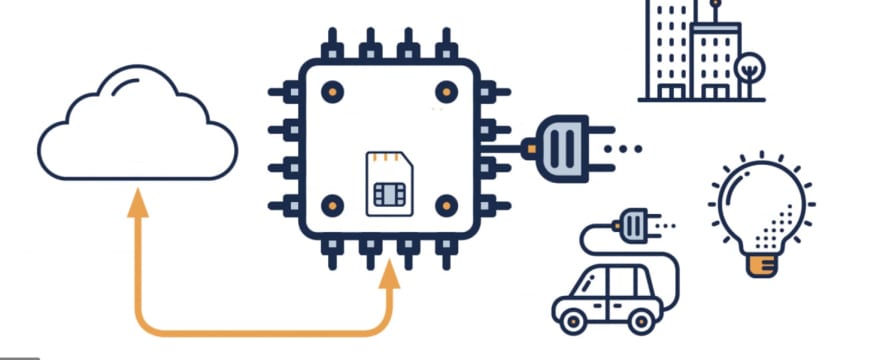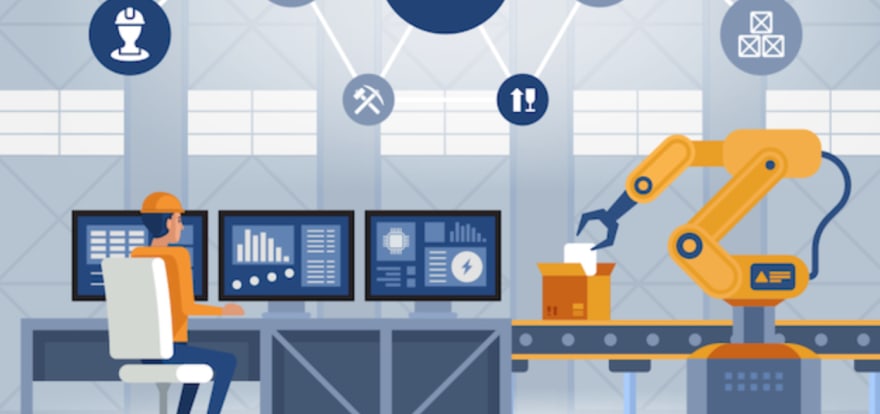The basics of IoT devices Management

Yongchang He
Posted on March 21, 2022

Managing the Internet of Things in some ways is like managing an ant colony. Like ants, each device in a network has a mission, and in many cases those devices are legion.
Connected device management is crucial for accessing and maintaining devices that perform tasks and data reporting in mission critical applications. These devices must be monitored for security and uptime and updated with patches and enhancements. To enable administrators to perform these tasks, deployments in the Internet of Things need to be integrated with IoT application management tools and concepts.
Provisioning
Device provisioning is the first step in IoT management. This step is for first-time setup in order to create an account, set up the network connection and so on.
Provisioning is similar to configuration, as we will discuss. Both of these processes involve customizing your device. Provisioning modifies the device from its original, off-the-shelf settings to those required for the device to be integrated into your network. Configuration can be performed anytime.
Authentication
Authentication is the process of confirming a device’s identity as it is enrolled into the IoT system and authenticating users at login.
Proper IoT device identity management and authentication assure that only authorized devices are enrolled, to prevent intrusions and keep proprietary information confidential.
To enable authentication, administrators establish device and network security settings so that access attempts can be authorized or blocked.
Configuration
IoT configuration management, as we discussed in the provisioning section, is a method of customizing the functionality of your IoT device. For example, you can add additional sophistication and intelligence to a device, optimize its features with additional code, or revise its settings for new requirements.
Because devices and networks are like living organisms, they often need further configuration beyond that initial provisioning phase.
It is important to be able to configure one or more devices efficiently, securely, and remotely, anytime the need arises.
Control
Once devices are authenticated, configured, installed, and connected to the network, you need to be able to control them remotely.
In most cases, the behavior of devices will be established in the provisioning and authentication phases to automate the device’s processes. For example, you can launch processes such as turning on frost fans for crop management, establishing edge computing functionality, wake-up and reporting behaviors, and sensor and gateway communications.
However, administrators also need IoT device control capabilities in order to access devices across the network in multiple ways over time. Examples include:
- Overriding automated processes for short-term application requirements
- Making adjustments to settings
- Remotely rebooting devices
- Ensuring each device is up and running and optimized to perform as needed for the application
Monitoring
Remote monitoring of your IoT devices is one of the key objectives of IoT device management, supporting a range of application objectives:
- System metrics: View device uptime and other events occurring across the network from a dashboard.
- Data reporting: Gain critical insights on user-defined data points. These data points can include measurements such as tank levels, the temperature of concrete pours and other sensor data.
- Notifications: Establish user-defined notifications for events to support critical decisions and predictive maintenance. To prevent critical system failures, loss of data or performance degradation, administrators need to be notified of changes across the network that can affect performance.
- Security: the ability to both detect and remediate security breaches such as attempted device configuration changes and to provide notifications to system administrators of these events.
Diagnostics
With the IoT device management processes in place that we have discussed so far, administrators have the ability to perform diagnostics on the health of the entire device network, as well as that of any individual device.
These processes enable administrators to perform diagnostics from a management platform, in order to troubleshoot and remediate issues quickly and efficiently.
There are multiple benefits of the ability to perform diagnostics remotely:
- Identify system issues rapidly, to prevent costly downtime
- Remediate issues remotely, including the ability to access devices that are offline “out of band”
- Avoid costly “truck rolls” to troubleshoot and fix issues
Maintenance
The ability to maintain visibility across the device deployment, get alerts, and troubleshoot issues, is one of the most important aspects of IoT device management.
Device maintenance is the ongoing effort to keep devices tuned to the needs of the business application, and goes hand-in-hand with monitoring, diagnostics and software updates.
Without a strategy for performing these ongoing maintenance tasks, teams are forced to find a way to perform these updates manually. In many cases the result is that device deployments lapse in security and fall out of compliance.
References
https://www.digi.com/blog/post/what-is-iot-device-management
https://www.epsprogramming.com/blog/what-is-secure-provisioning
https://www.globalbeamtelecom.com/secured-solutions.html
https://www.abingdonhealth.com/videos/appdx-future-proof-rapid-diagnostic-solution/
https://braincube.com/department/maintenance/
https://behrtech.com/blog/unleash-business-insights-opportunities-with-iot-data-analytics/
https://www.thalesgroup.com/en/markets/digital-identity-and-security/iot/inspired/iot-building-blocks

Posted on March 21, 2022
Join Our Newsletter. No Spam, Only the good stuff.
Sign up to receive the latest update from our blog.






